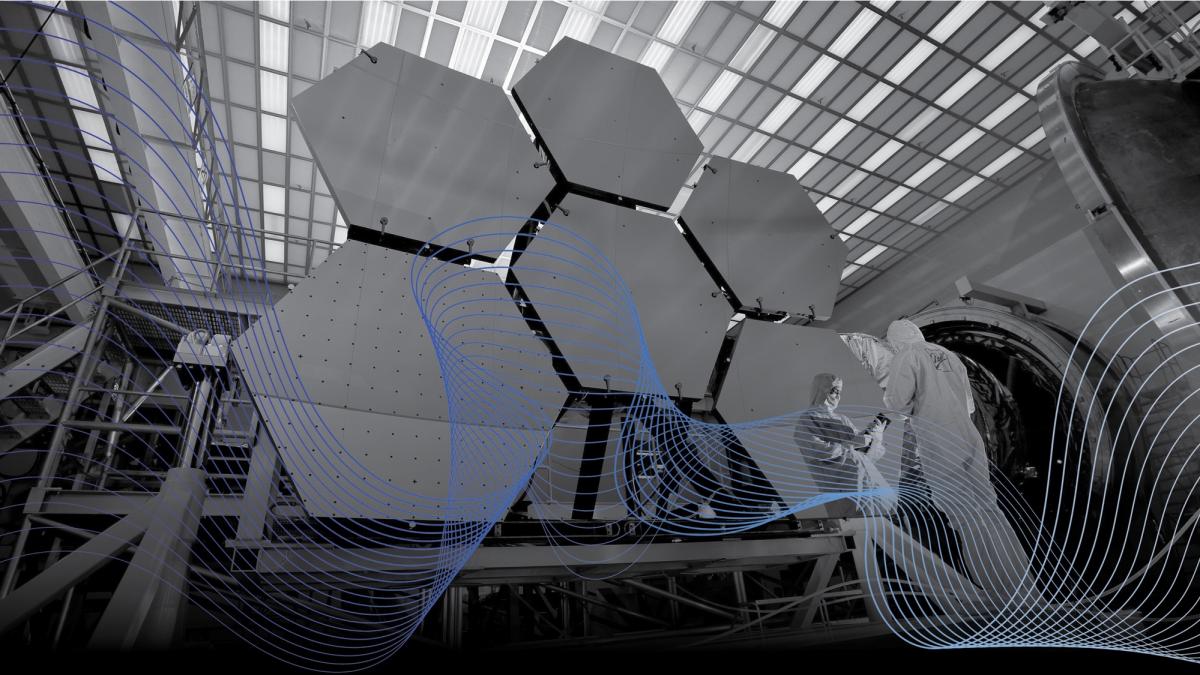Last week, I spoke on a panel at the Canadian Public Relations Society event on best practices for research and measurement in PR. With a packed house in attendance, it was clearly a hot topic. With the ever-evolving landscape of PR, media, and marketing, so too are the measurement tools and standards that are being used.
Here are the top three measurement questions the PR industry is asking:
1. How are research and measurement being used today in PR and for what objectives?
Measurement is getting a more prominent seat at the communications table today given our improved access to data. Historically, PR professionals have used measurement to assess the potential reach of earned media coverage. However, more and more we are seeing a movement towards fueling and proving the ROI of earned media coverage and integrated marketing efforts, especially given the rapid change to the earned media landscape.
Today, research and measurement are being used in PR primarily to:
- Uncover insights to help fuel better strategies and employ more engaging tactics;
-
Set smarter objectives that link results to business outcomes that further the achievement of organizational goals;
-
Track campaigns in real time to evolve and optimize programming midcourse; and
-
Validate the results of campaign efforts and credibly demonstrate impact on the bottom line.
Communications teams want to better demonstrate the value of PR internally within their organizations by assessing higher order impacts on brands and corporations in order to grow or protect budgets, something that has been done for years by marketing teams.
2. What types of research tools are best for measuring ROI?
Measurement should start with mapping out a strategic framework of how to define and measure communication efforts on owned, earned, and paid channels, and then tying those efforts back to overall business and communication objectives. PR measurement should be grounded in the Barcelona Principles (originally developed in 2010, and updated in 2015). The best measurement plans are focused on outcomes vs. outputs, are data agnostic, and include both qualitative and quantitative assessments that span secondary and primary research methodologies. This can include tools like social listening, digital analytics, and using surveys to assess the impact on higher order brand perceptions and behaviours.
The changes in the publisher landscape have had an impact on what success looks like for PR. This means that older methods of measuring earned media activities like media hits and derived potential impressions are not reflective of the seismic shifts in the industry. Because of this, there is a growing desire to go beyond measuring the quantity or volume of coverage to assess the quality of coverage, social amplification, and potential risks and rewards within the media landscape.
Thankfully, research has become more efficient and measurement is no longer an afterthought to most earned campaigns, now part of the upfront planning process and becoming a more central part of the hub – even starting to set the table vs. just sitting at it. We are using more transparent and connected data to identify the best outlets for a more targeted audience and setting smarter goals for campaigns right from the start. Data mining through intelligence platforms are enabling real time insights that drive ongoing editorial content through paid, owned, and earned channels; content planning starts with the insights brief which then drives the content ideation and subsequent development. Research leads.
3. Where is measurement going next and what is still needed?
There remains a big opportunity in the industry to weave tighter integration between digital analytics and primary market research methodologies to ensure a holistic, unbiased measurement approach that measures PR vs. other paid marketing vehicles beyond Market Mix Modelling, whose models don’t always work well for PR.
Communications professionals are increasingly wanting to demonstrate their ability to improve brand perceptions, particularly on a brand’s reputation and health. This is not about tracking movement through the purchase funnel, rather more about how PR helps bring stakeholders closer to a brand from a relationship perspective by aligning core values, trust, and open communications.
There is also growing demand for real-time decision making to optimize as you go, fueled by newer platforms and automation such as business intelligence tools to help facilitate faster speed to insights. Using predictive analytics can help teams look forward to how a campaign is going to work vs. a more traditional backwards view to assess how it did work.
Finally, and perhaps most importantly, the last emerging trend relates to research and analytics professionals. With measurement becoming more visible within the organization, consultation and storytelling abilities for the C Suite are becoming more crucial – something that may not be inherently natural to data geeks. There is currently a huge skills gap in the market with a strong, increasing demand for experienced professionals who are armed with both consulting and data analytics skills.
Indeed, it’s a hot industry with so many exciting changes and innovations happening, and yet with still so much more room to evolve. I know I’m measurement obsessed… the question is, are you?
Catherine Yuile is Executive Vice-President of Insights & Analytics.





